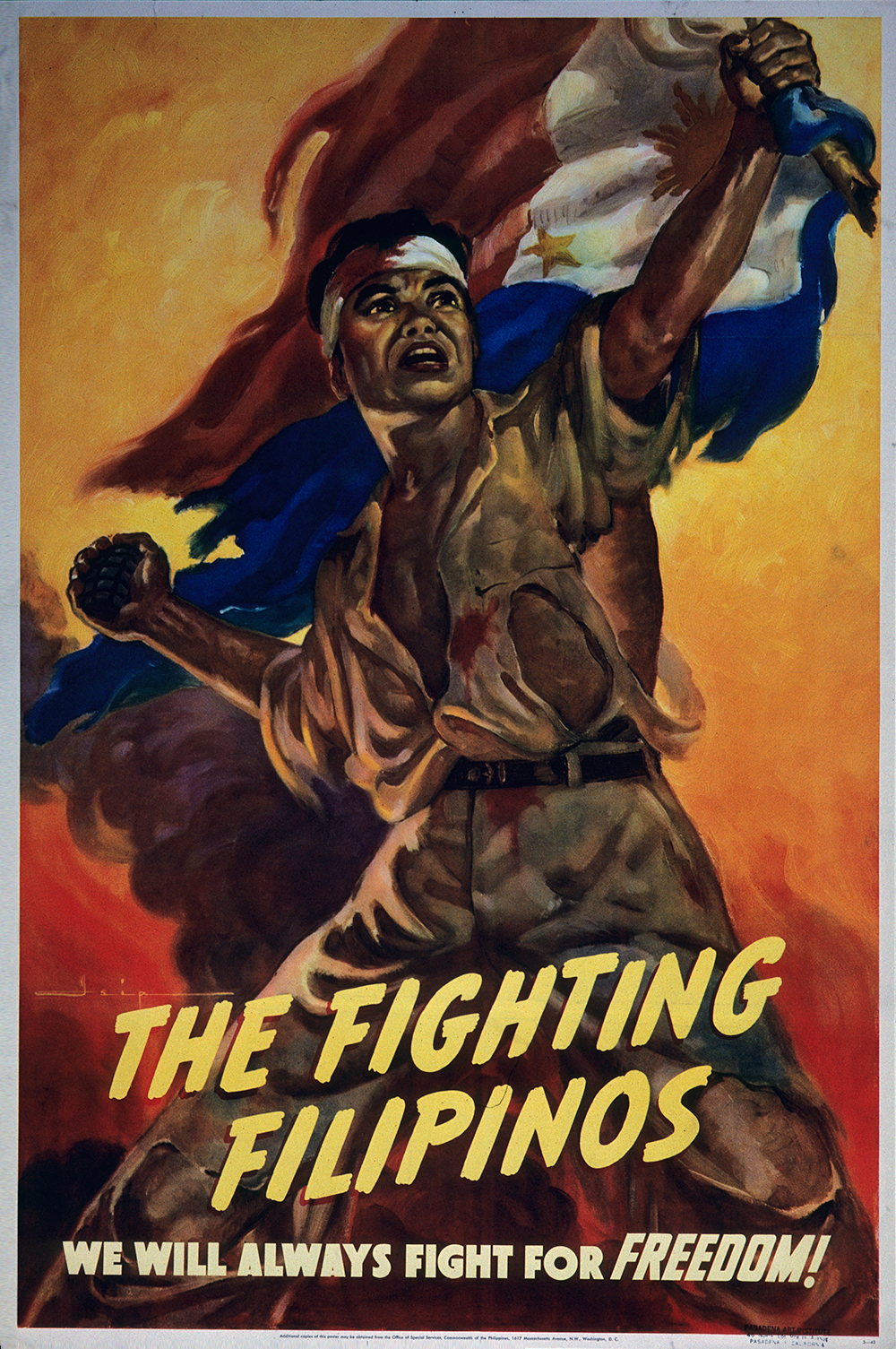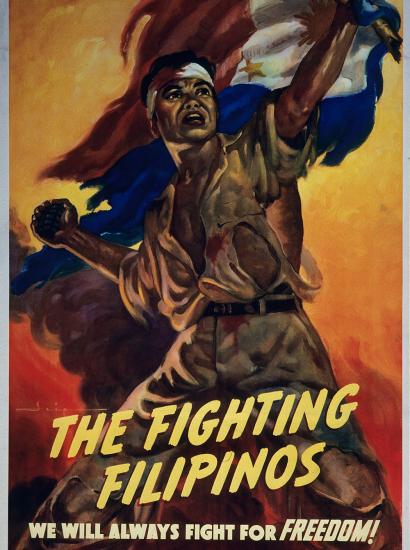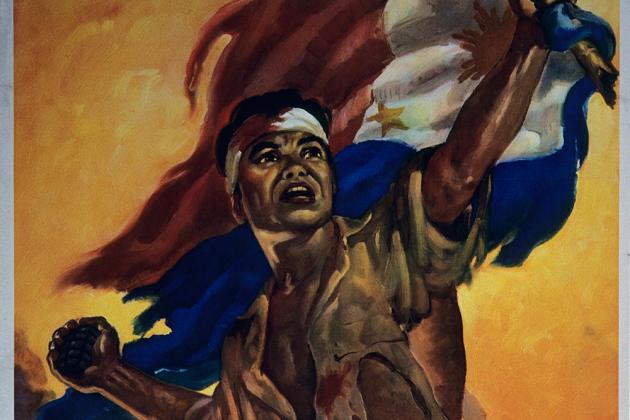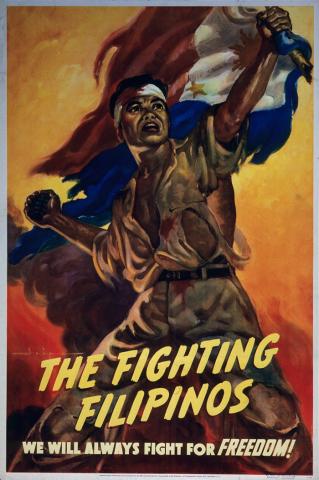In recent days the world has been transfixed by fighting around al-Shifa Hospital in Gaza City. Israeli spokesmen claim Hamas militants are fighting from the hospital grounds and that the terrorist organization has built a command center in tunnels underneath the facility. Hamas, of course, denies they are using the hospital for military purposes, which would be a violation of the law of armed conflict. Likewise, Israeli military operations to clear the hospital would also be a violation of the law of armed conflict, unless Hamas is using the hospital for military purposes, which jeopardizes its status as a protected sanctuary. As the battle rages, each side is not only fighting the other on the ground in Gaza, but in the court of public opinion.
As the struggle in Gaza plays out, the battle for the hospital echoes the intense fighting in Manila in February 1945. As the U.S. invasion of the island of Luzon commenced on January 9, approximately twenty-thousand Japanese soldiers and sailors fortified central Manila, ignoring an order from the commander of the Japanese 14th Army, General Tomoyuki Yamashita, to destroy military installations and withdraw. U.S. forces reached Manila on February 4, and after liberating internees and prisoners at Santo Tomas Internment Camp and Bilibid Prison, began the fight for control of the city.
By mid-month the 148th Infantry Regiment, part of the 37th “Buckeye” Infantry Division from the Ohio National Guard, faced Japanese units fortified in the Philippine General Hospital, a violation of the Geneva and Hague Conventions, which prohibited the militarization or wanton destruction of medical facilities. (Japan was not a signatory to the convention, so technically its use of the hospital as a military fortification did not violate a treaty obligation but was merely an uncivilized act of war.) The regiment began its assault on the hospital on the morning of February 17, but limited use of artillery on the buildings for fear of injuring the civilians in the area, whom the Japanese were using as human shields. An assault led by flamethrower-wielding soldiers succeeded in securing the building and killing its defenders.
During the afternoon, U.S. soldiers seized other buildings on the hospital grounds. The GIs worked to evacuate two thousand patients and internees as the battle for the hospital continued. Fighting at close quarters in the various wings continued for hours. During the night infantrymen seized the west wing of the hospital, while another five thousand civilians fled the area.
The next day the 5th Cavalry Regiment, part of the 1st Cavalry Division, continued the battle. “The area we are moving into is a cauldron of complete wreckage with the ever-present litter of battle and the stench of enemy dead,” recorded the unit after-action report. After a short bombardment of the Medical School by tanks and tank destroyers, the cavalrymen continued the assault. Liberal use of flamethrowers and bazookas forced the Japanese to the basement, where they died in a sea of flame. The hospital, badly damaged in the attack, was finally free of Japanese control.
As this history shows, armed forces sometimes cannot avoid fighting for facilities normally protected by the laws of war if enemy forces use them for a military purpose. But the cost, both in civilian casualties and in property destruction, can be high. One hundred thousand Filipinos died in the fighting in Manila, approximately ten percent of the city’s population. After the war a military tribunal tried General Yamashita for the actions of his troops under the concept of command responsibility. He was convicted and hanged on February 23, 1946, nearly a year to the day after the conclusion of the Battle of Manila.

















